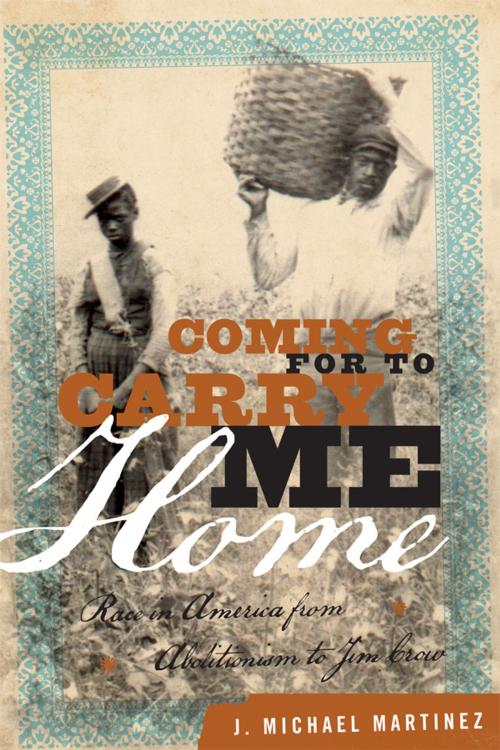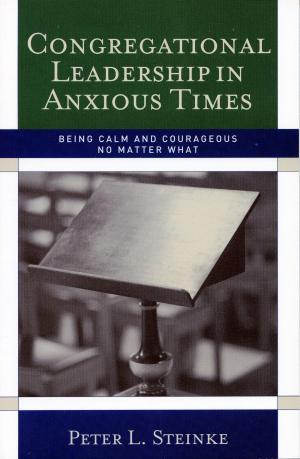Coming for to Carry Me Home
Race in America from Abolitionism to Jim Crow
Nonfiction, History, Americas, United States, Civil War Period (1850-1877), 19th Century| Author: | J. Michael Martinez | ISBN: | 9781442215009 |
| Publisher: | Rowman & Littlefield Publishers | Publication: | December 22, 2011 |
| Imprint: | Rowman & Littlefield Publishers | Language: | English |
| Author: | J. Michael Martinez |
| ISBN: | 9781442215009 |
| Publisher: | Rowman & Littlefield Publishers |
| Publication: | December 22, 2011 |
| Imprint: | Rowman & Littlefield Publishers |
| Language: | English |
Coming for to Carry Me Home examines the history of the politics surrounding U.S. race relations during the half century between the rise of the abolitionist movement in the 1830s and the dawn of the Jim Crow era in the 1880s. J. Michael Martinez argues that Abraham Lincoln and the Radical Republicans in Congress were the pivotal actors, albeit not the architects, that influenced this evolution. To understand how Lincoln and his contemporaries viewed race, Martinez first explains the origins of abolitionism and the tumultuous decade of the 1830s, when that generation of political leaders came of age. He then follows the trail through Reconstruction, Redemption, and the beginnings of legal segregation in the 1880s. This book addresses the central question of how and why the concept of race changed during this period.
Coming for to Carry Me Home examines the history of the politics surrounding U.S. race relations during the half century between the rise of the abolitionist movement in the 1830s and the dawn of the Jim Crow era in the 1880s. J. Michael Martinez argues that Abraham Lincoln and the Radical Republicans in Congress were the pivotal actors, albeit not the architects, that influenced this evolution. To understand how Lincoln and his contemporaries viewed race, Martinez first explains the origins of abolitionism and the tumultuous decade of the 1830s, when that generation of political leaders came of age. He then follows the trail through Reconstruction, Redemption, and the beginnings of legal segregation in the 1880s. This book addresses the central question of how and why the concept of race changed during this period.















